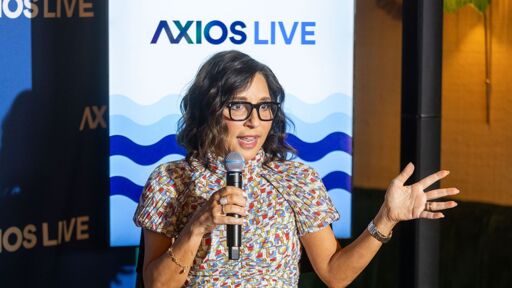Tough, Tiny, and Totally Repairable: Inside the Framework 12
-
I just want an electric car that can do exactly this.
Modular components on an option of 3 frames. Reparable to a degree. Bare bones functionality. Physical buttons, no screens. Open source software. Upgrade not the whole car, but components as you go. Literally what video games taught us.
If I had Mark Cuban money, it's the first thing I would do.
This is a fantastic idea. If anyone ever does this then you should ask them for a cut of the profits

-
I just want an electric car that can do exactly this.
Modular components on an option of 3 frames. Reparable to a degree. Bare bones functionality. Physical buttons, no screens. Open source software. Upgrade not the whole car, but components as you go. Literally what video games taught us.
If I had Mark Cuban money, it's the first thing I would do.
Sounds a bit like the Slate truck to me.
-
Sounds a bit like the Slate truck to me.
Yeah, has that gotten off the ground yet? Or is it still just investor stage pipe dream?
-
Yeah, has that gotten off the ground yet? Or is it still just investor stage pipe dream?
I thought it was further along that a pipe dream with the demos and videos I've seen. I think I'm cautiously optimistic until it officially comes out and I see reviews.
It has the modularity I like at a reasonable price.. We'll have to see if it can deliver.
-
Thanks for the thermal pad tip fuckwit_mcbumcrumble !
Now that’s a username I can trust.
-
This post did not contain any content.
Hot damn that looks amazing, will get one for my kid.
-
Framework + GrapheneOS =
 ️
️The closest thing to that that currently exists would probably be fairphone with /e/os
-
The closest thing to that that currently exists would probably be fairphone with /e/os
No thank you
-
I've thought about it, but in really holding out for a proper Linux phone, but we'll see.
I plan to put postmarketos on this bad boy once I know the 5g will work. Cellular reception will be crucial more than anything for Linux phones to succeed.
-
I got a Framework 16 a few months ago and I've been loving it. Super happy these guys managed to make this concept of a repairable laptop work. Though, one thing I wish is for them to make a storage case for the expansion cards. I've built up a little collection of them and obviously filled up all 6 slots pretty quickly. I'd like a better place to put the unused cards than in a random drawer.
Want me to 3d print one for you?
I found a few pre-made designs:
-
Oh I still have to watch that, referenced in freaks and geeks I believe
-
Sounds a bit like the Slate truck to me.
Imagine Slate without Bezos
Would be so exciting
-
Imagine Slate without Bezos
Would be so exciting
I know!!
I really wish it wouldn't benefit Lex Luthor. If it makes waves, hopefully other similar types of cars will come along by the time my civic needs to be replaced.
-
I know!!
I really wish it wouldn't benefit Lex Luthor. If it makes waves, hopefully other similar types of cars will come along by the time my civic needs to be replaced.
Hey there we go, now I can be excited about their future… Nice
-
Oh I still have to watch that, referenced in freaks and geeks I believe
It's wildly offensive and arguably shouldn't have been made. But occasionally, there's something funny in it.
-
I just want an electric car that can do exactly this.
Modular components on an option of 3 frames. Reparable to a degree. Bare bones functionality. Physical buttons, no screens. Open source software. Upgrade not the whole car, but components as you go. Literally what video games taught us.
If I had Mark Cuban money, it's the first thing I would do.
I think EV battery cells should be standardized and modular to reduce difficulty of replacement and make replacements cheaper and more available so that it could extend the useful lifespan of the car. If you could replace your battery with an off the shelf equivalent used EVs would hold a lot more value.
-
This post did not contain any content.
So... this is a 2-in-1 that is actually repairable? Am I reading this right?
-
I think EV battery cells should be standardized and modular to reduce difficulty of replacement and make replacements cheaper and more available so that it could extend the useful lifespan of the car. If you could replace your battery with an off the shelf equivalent used EVs would hold a lot more value.
I think the issue there is the tech in EV batteries is constantly changing due to miniaturization, battery chemistry advancements, etc. There has to be some point where the cells are "good enough" to become a standard though. I just don't think we're there quite yet.
-
I think the issue there is the tech in EV batteries is constantly changing due to miniaturization, battery chemistry advancements, etc. There has to be some point where the cells are "good enough" to become a standard though. I just don't think we're there quite yet.
true but we figured out things before like this when computer tech was rapidly changing so I do think it's possible while definitely having its challenges.
we need an alternative to needing a manufacturer specific part that costs nearly $15,000 and weighing in a ton and requiring a crane to replace.
-
This post did not contain any content.
I got a fw16 love it.
Is the 12 on the same board as the 13 or is it its own main board?






